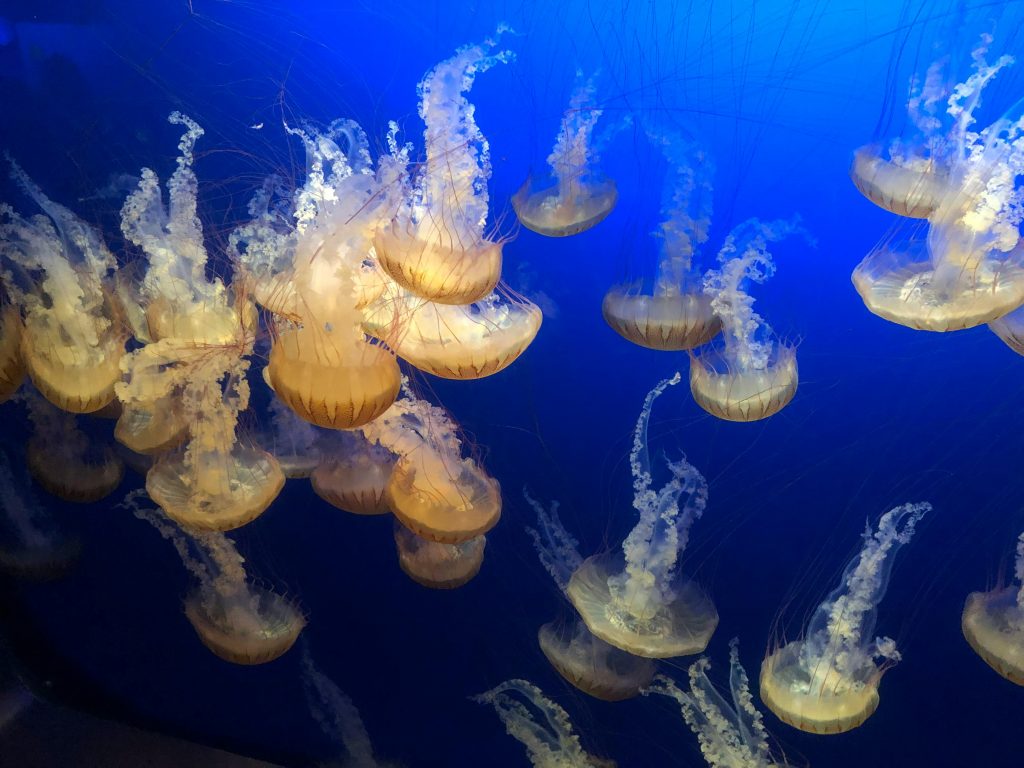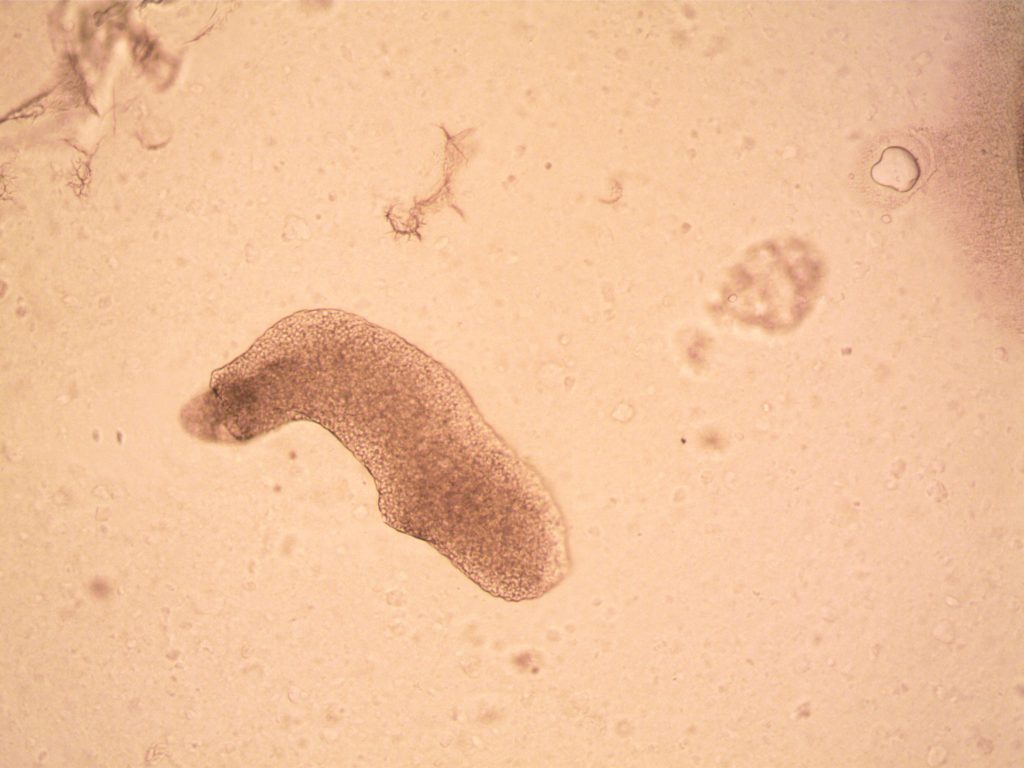Beneath the surface of our oceans lies a vibrant, fragile ecosystem—coral reefs. But rising ocean temperatures are triggering a phenomenon called coral bleaching, threatening the survival of reefs around the world.
Corals live in symbiosis with algae called zooxanthellae, which provide them with food and their brilliant colors. When ocean temperatures rise—even by just 1–2°C—corals become stressed and expel these algae. The result is bleaching: a pale, weakened coral that is more susceptible to disease and death.
Coral reefs support 25% of marine life and provide food, tourism revenue, and coastal protection for millions of people globally. Yet, due to climate change, pollution, and overfishing, reef systems like the Great Barrier Reef have suffered massive losses in recent decades.
Scientists are working on reef restoration, selective breeding of heat-tolerant coral, and artificial reefs to counter this trend. But the ultimate solution lies in reducing carbon emissions and protecting marine biodiversity.
Coral bleaching is a warning—a visible sign that our planet’s ecosystems are reaching their limit.



